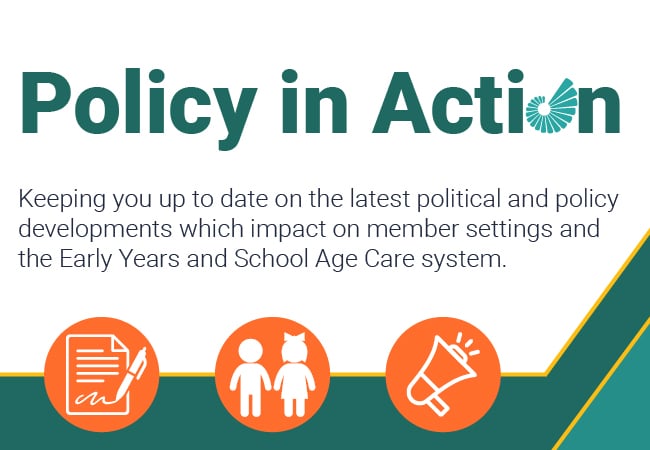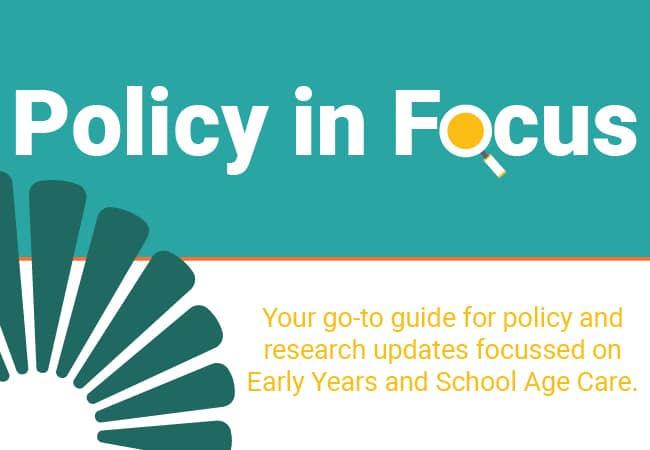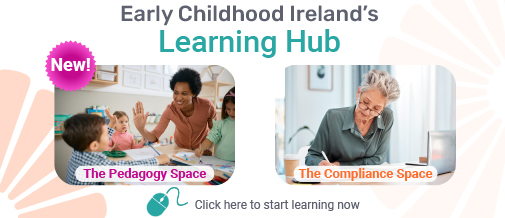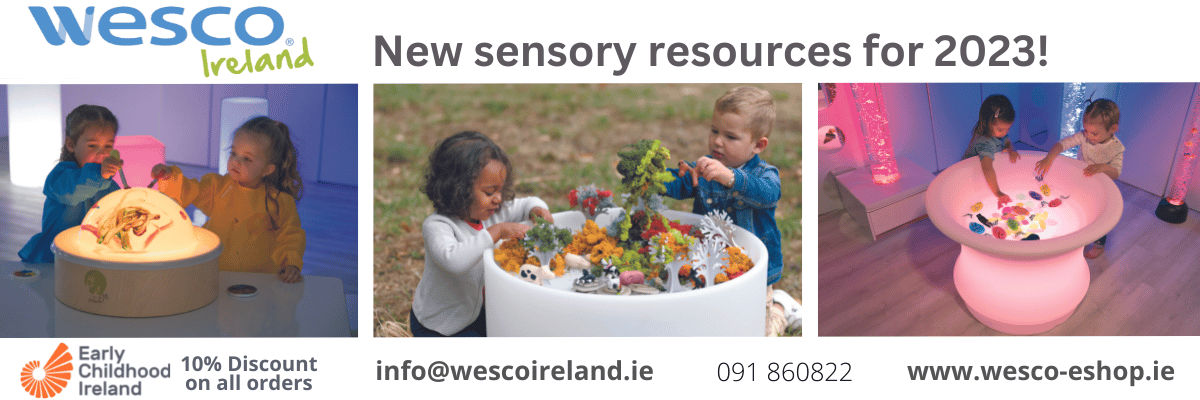Decluttering – It’s good for all

Now that Christmas has passed and we begin a New Year, let’s think about how the play spaces in our Early Years and School Age Care environments look after Christmas.
You have probably spent a proportion of your time when the children were away from the setting, emptying the rooms of Christmas decorations, wall hangings and even Christmas trees. You have most likely noted the reactions of the children as they returned after the festive break, listening to their stories of how Santa arrived, what he brought and what the families did over this time. But have you given some thought to how the children might feel when they return to see their once decorated, magical tinsel town environment now devoid of any hint of Christmas?
Returning to a bare playroom
Having taken down all my Christmas decorations at home, I walk into the rooms and think how bare and stark they look. I spent time vacuuming up pine needles, carefully boxing the delicate baubles and trinkets, taking down the Christmas tree, and bringing the boxes and cartons no longer needed to the recycling centre. I know that I will do all the same again next year in my preparations for Christmas. I know that this is a process! But to be honest, when I was in practice, I never asked the children or noticed how they felt when they returned to their playrooms and all the Christmas decorations were gone! It could have been a very interesting conversation between the children and me and it could have been even more interesting to let the children help with putting it all away!
Bringing the children into the conversation
But if you, like me, have completed all the removals before the children returned, do not despair as this time of year could also be a great time to involve the children in decluttering some areas of the playrooms. You can do up little checklists with the children of what is contained in the different spaces. Talk to them about what is really useful for them to play with, what they think could be changed, what could be put away which they do not play with anymore and what might need to be added. This question could give you lots of information about the children’s interests, help with planning and also be fun! Of course, it helps if the children are verbal and can contribute to these conversations, but you can also have these conversations with very young children. Watching carefully for their cues, like smiles, facial expressions, nods or physical contact with items, to see if they are happy to box stuff, put it away for a while, declutter some little corners or hold on to their favourite items for a little longer.
Decluttering supports wellbeing
As adults we know how good it feels after decluttering areas of your home or even your setting, the space looks bigger, everything is neat and tidy, sufficient in quantity and accessible. But did you know, decluttering is good for children too and can have positive effects on their mood and focus. According to Tina Bruce, honorary professor of Early Childhood Education at the University of Roehampton ‘children do not develop and learn as much as they can in a cluttered setting, compared with one that is sufficiently predictable’. ‘Having an ordered, uncluttered environment can also help children to feel nurtured which supports their positive wellbeing’.
Clutter can cause general disorganisation for both educators and children, if we don’t know where things go, and if items and resources are hard to get at. Children may find tidy-up harder and caring for their environment more problematic. So here are a few tips to get your decluttering journey started:
Decluttering tips
- Get rid of anything that is broken or has missing parts, this will also form part of your risk assessment.
- Involve the children in your decluttering, think of what interests them and what skills you want to support, and resource accordingly.
- Decide what should be in your continuous provision and what resources can be put away until needed.
- Rather than providing a large box full of similar resources – such as cars – categorise and reduce the number available so there is not an overwhelming mass.
- Just because something is sold in a large number, for example scissors, does not mean all of it needs to be out at once. Put out enough for the number of children who can realistically be in that area.
- Clearly label boxes and resources so that they can be easily located by educators and children. Use pictures as well as words to support children and educators who do not have Irish or English as their first language.
- Rotate resources to keep children’s interest, provide excitement and extend their play, being mindful of favourite toys and games.
- Store resources according to children’s age and stage of development, think about accessibility and reach such as low storage for younger children, and use different textured containers.
- Think about using some of the self-audit tools from the UD Guidelines https://aim.gov.ie/app/uploads/2021/05/universal-design-guidelines-for-elc-settings-introduction-1.pdf and the Aistear Siolta Practice Guide https://www.aistearsiolta.ie/en/creating-and-using-the-learning-environment/
Remember decluttering can be fun and help to raise our motivation levels as we prepare and plan for the new year ahead!









